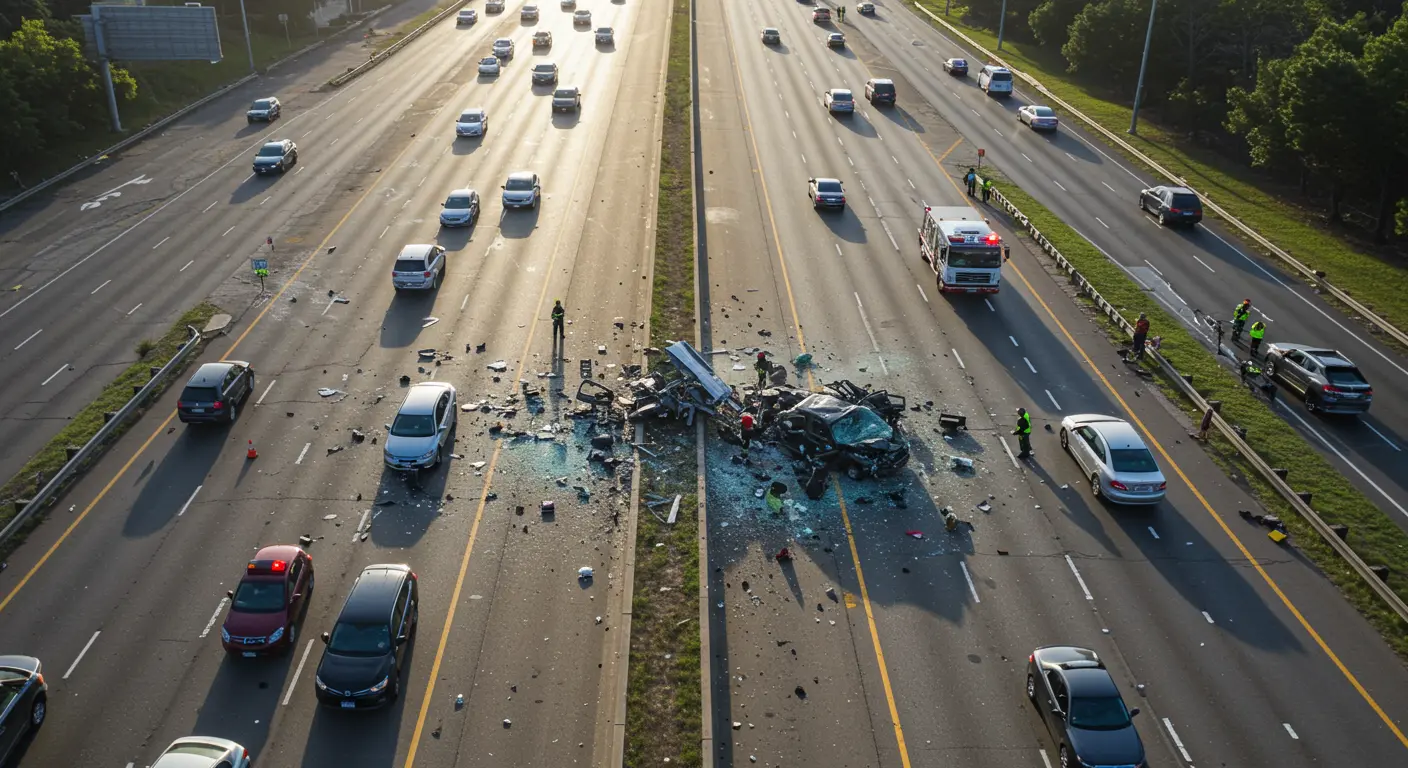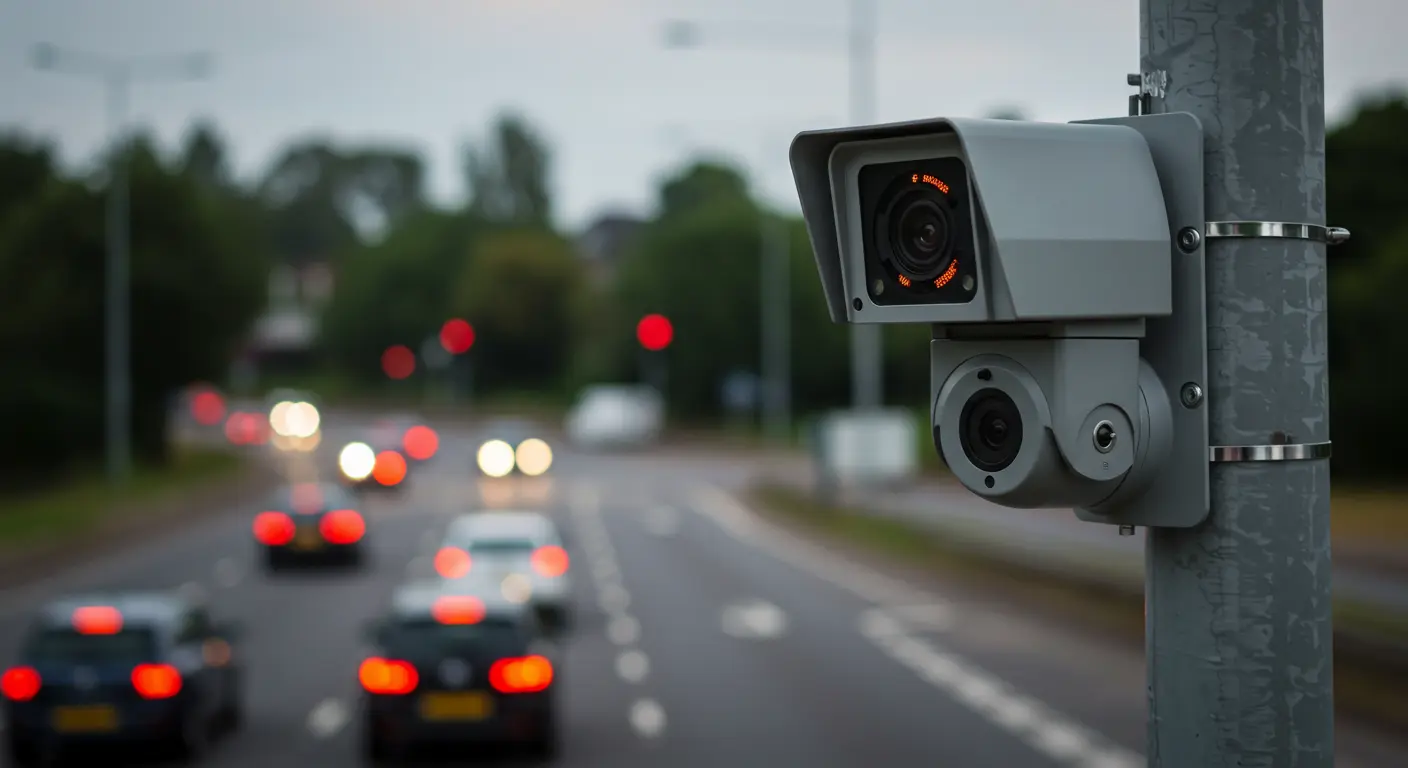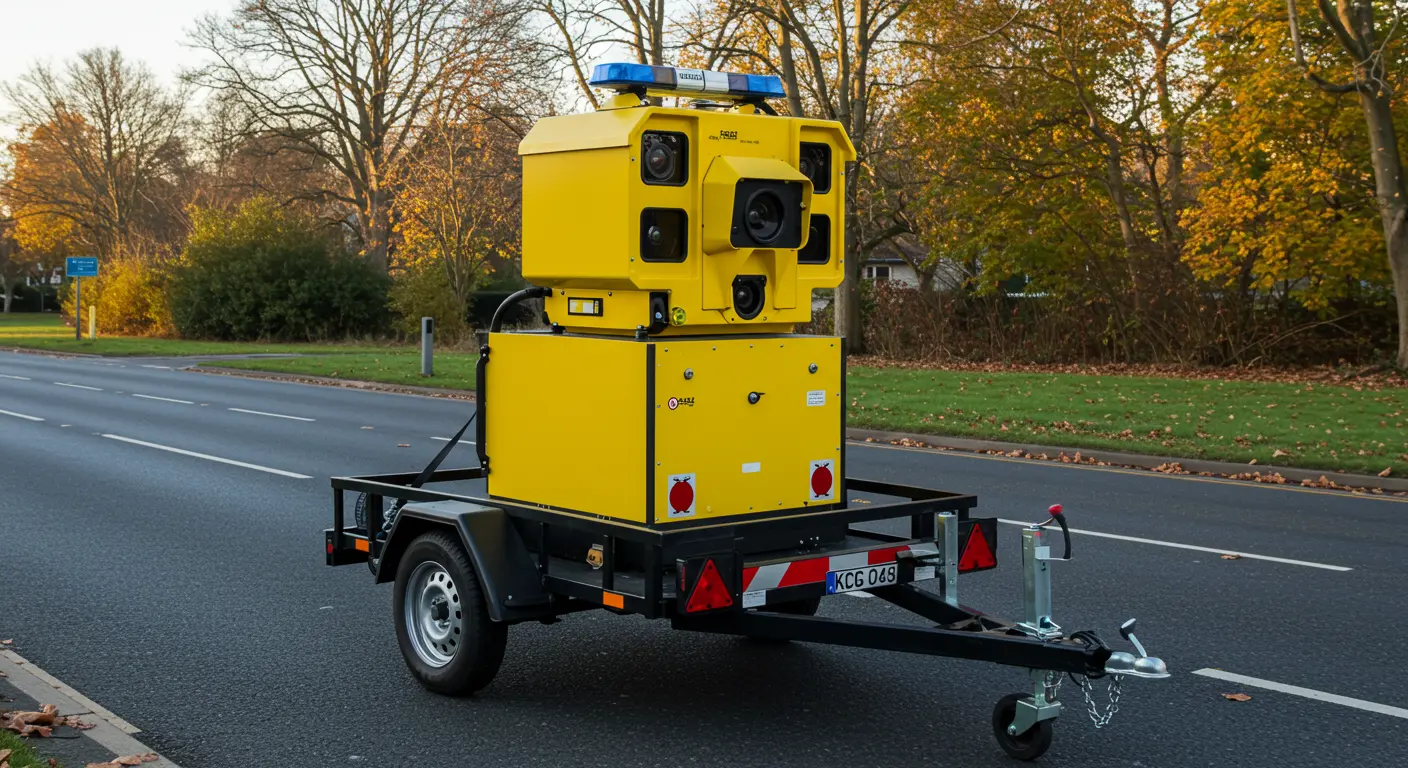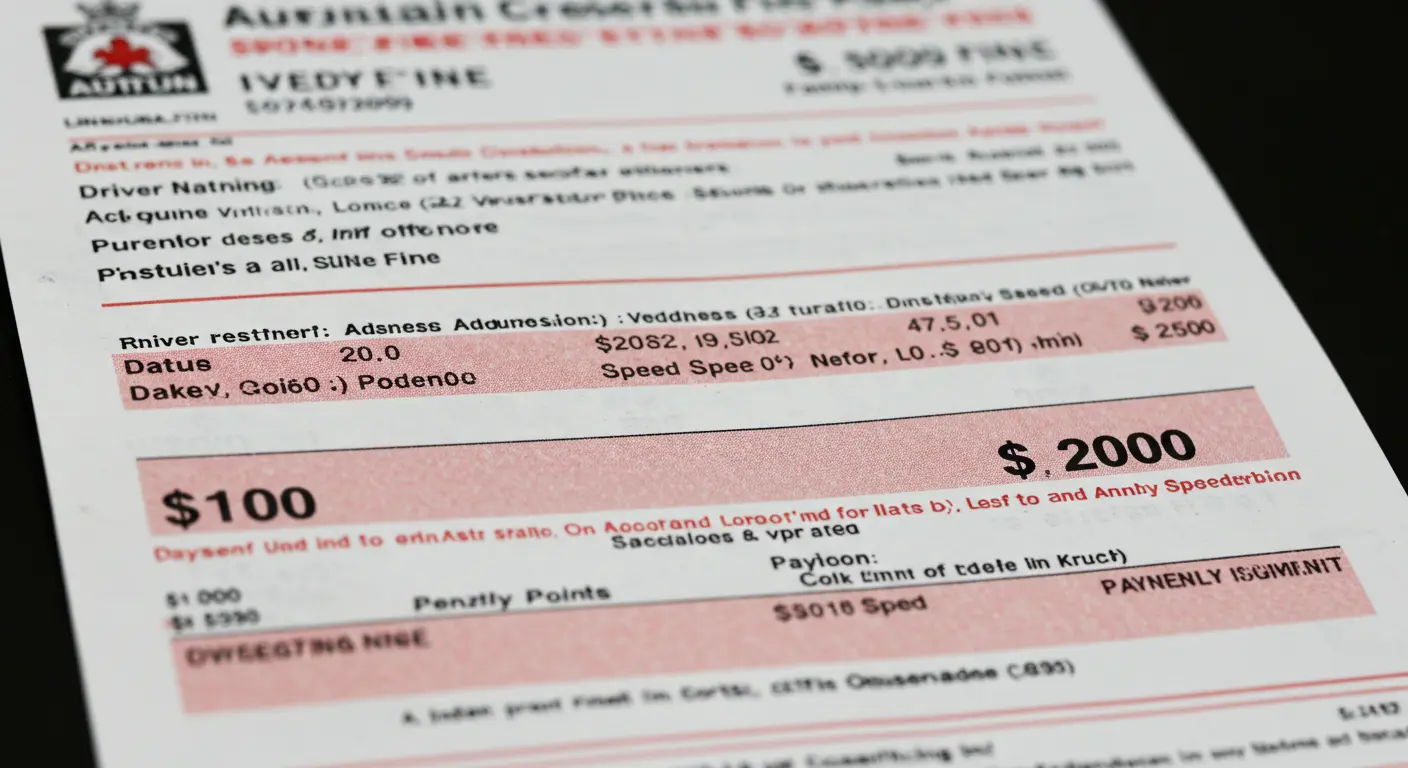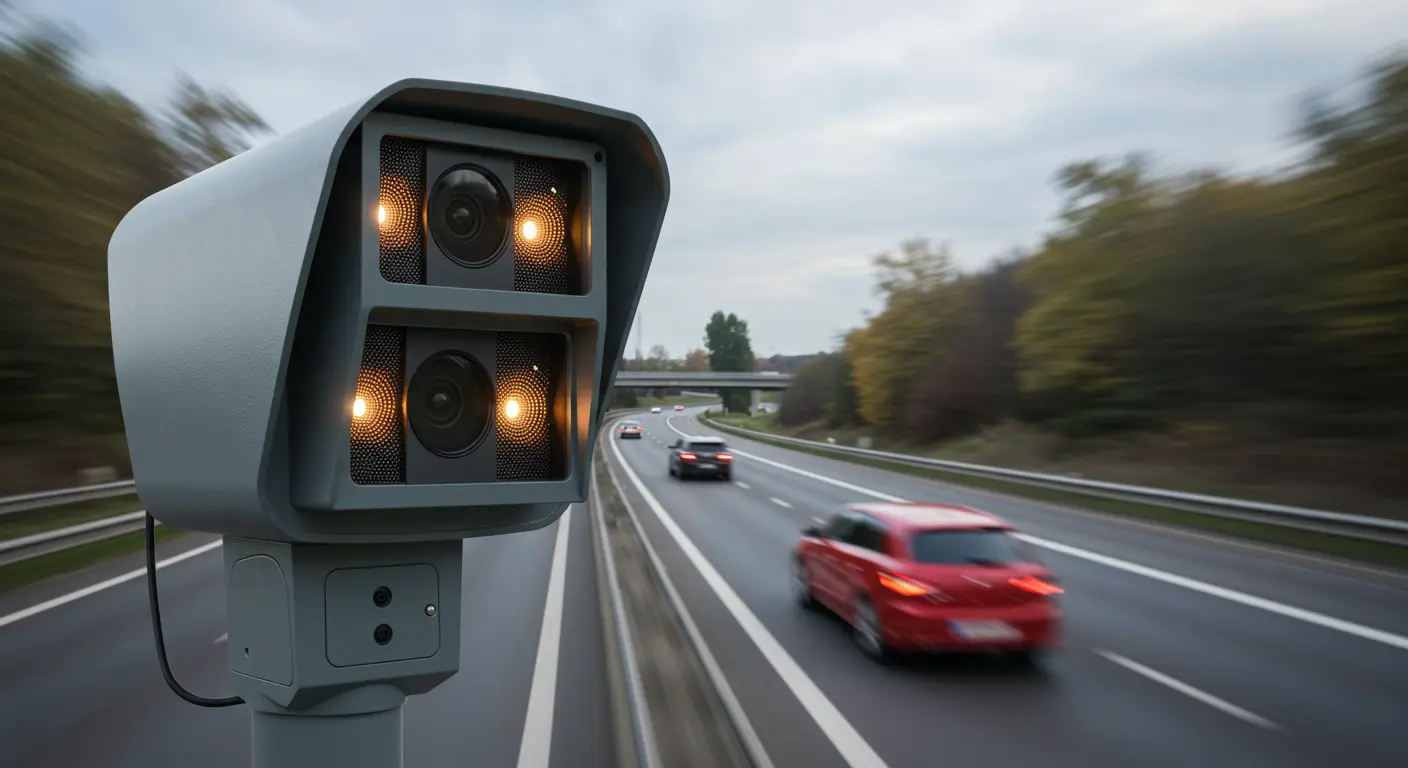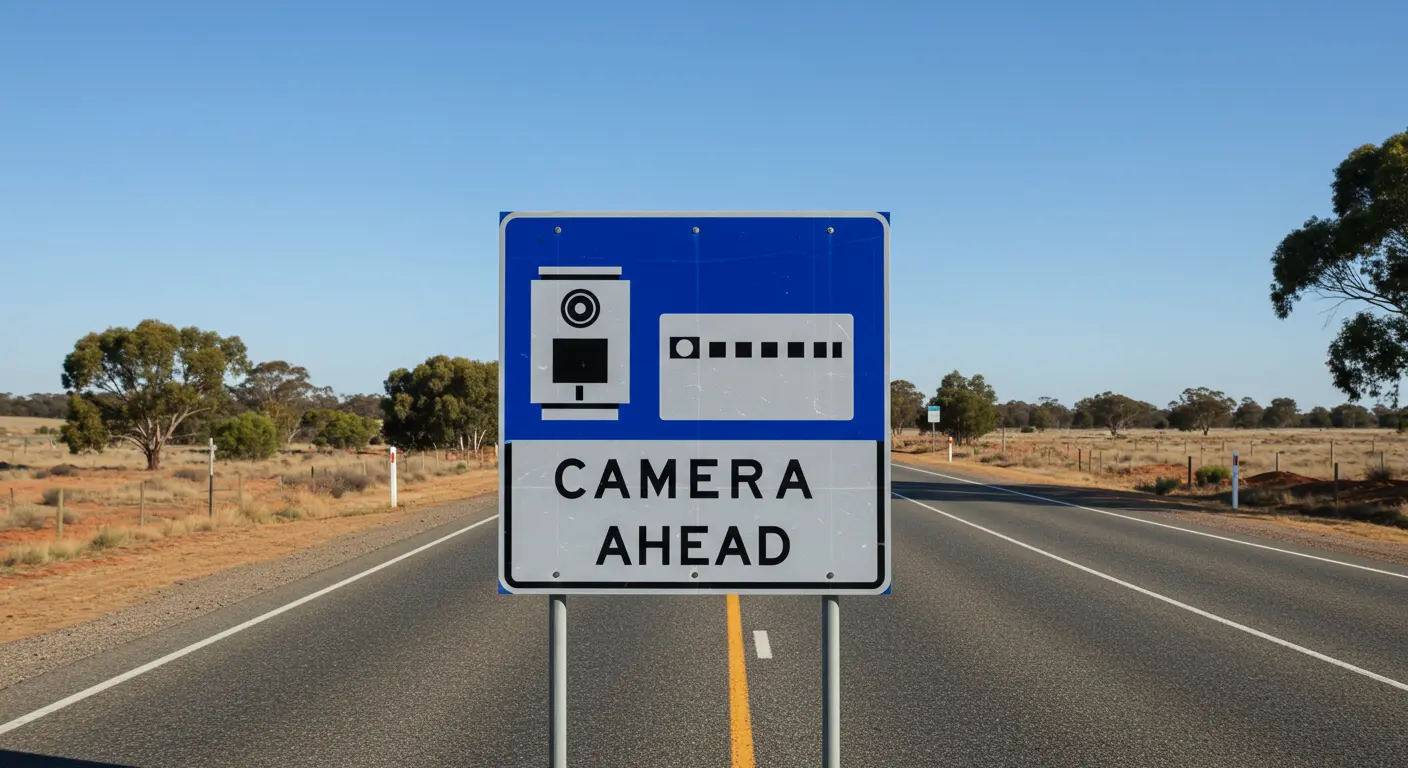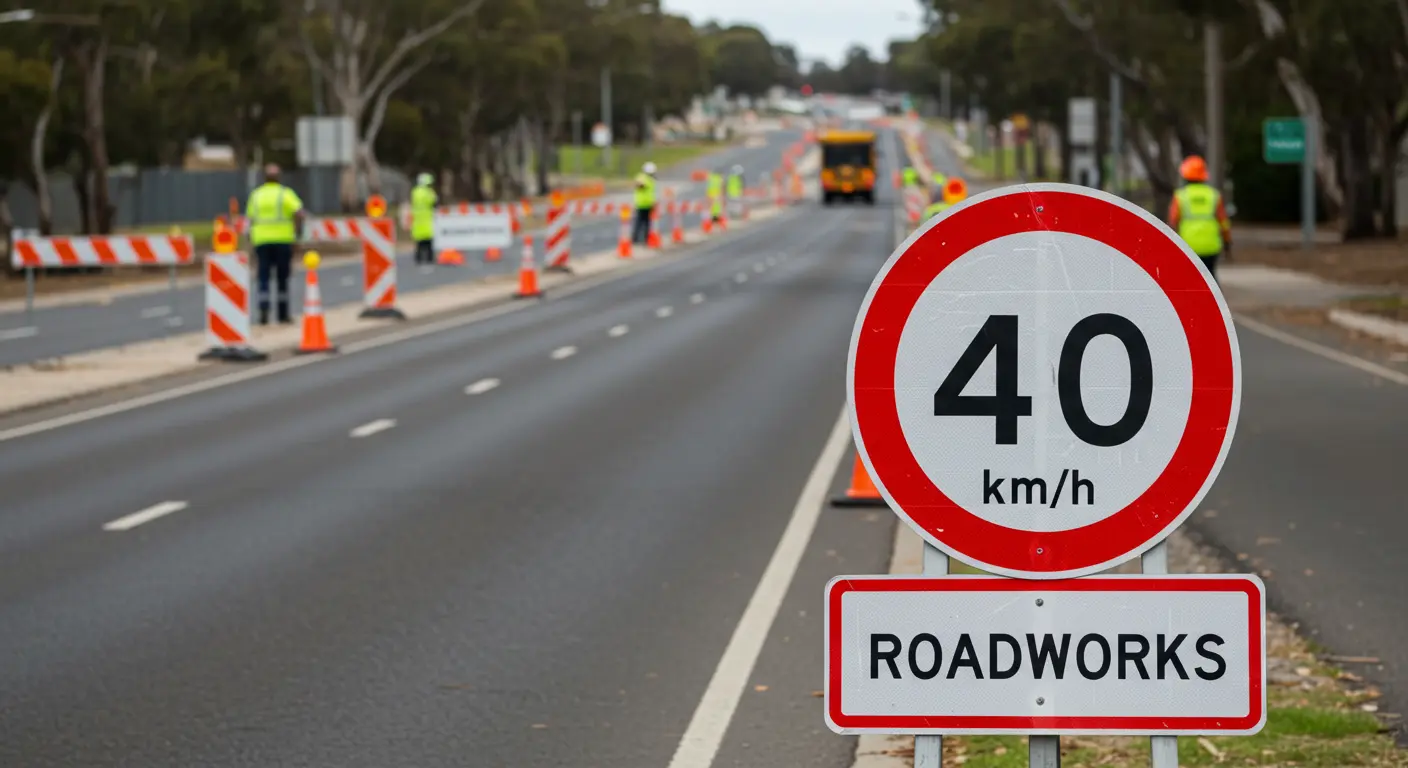As part of Queensland's commitment to road safety, the Department of Transport and Main Roads has implemented Transportable Road Safety Cameras (TRSCs) across high-risk areas. These trailer-mounted, highly visible speed cameras are specifically designed to deter speeding and reduce road trauma throughout the state.
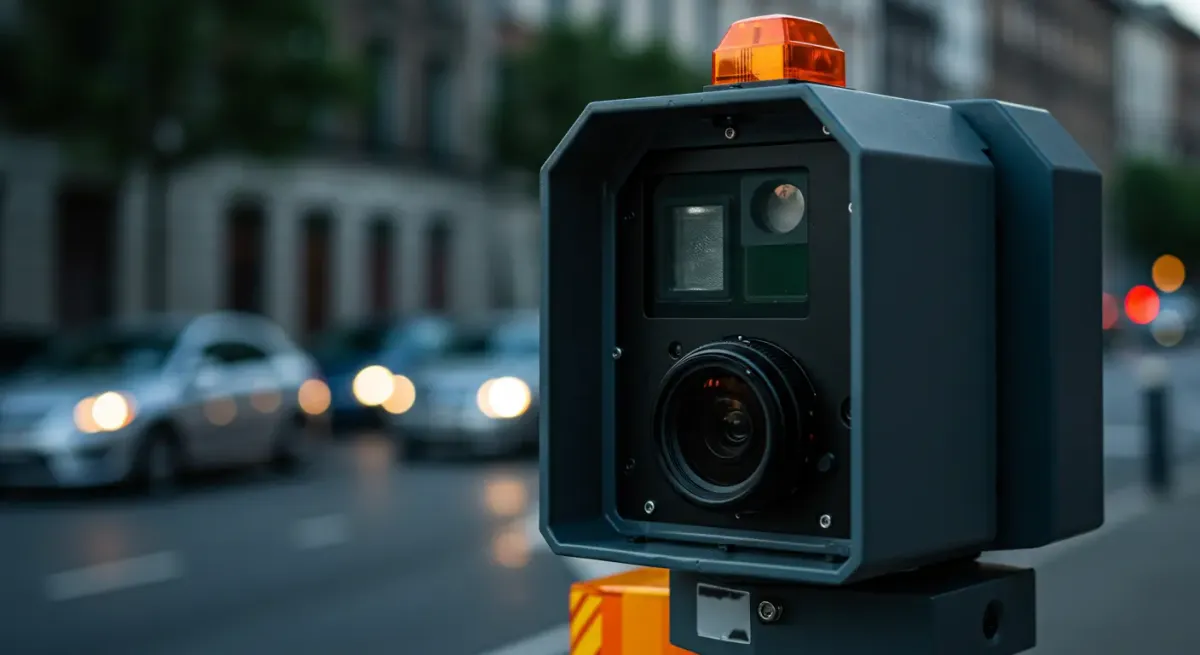
What Are TRSCs?
Transportable Road Safety Cameras are mobile, trailer-mounted devices capable of enforcing speed limits in both directions of travel. Operated by an authorised service provider, these cameras are deployed in school zones, roadworks, highways, and other crash-prone locations.
Unlike covert speed detection, TRSCs are highly visible and aim to influence driver behaviour not only at the camera site but across the wider road network.
Accuracy and Verification
Each TRSC undergoes strict calibration and verification:
- Cameras are independently calibrated annually.
- Before going into enforcement mode, their accuracy is validated against another speed detection device.
- Every recorded offence undergoes a secondary verification using time-over-distance calculations.
- The Queensland Revenue Office finalises each offence through a thorough adjudication process.
Motorists can request a calibration certificate via the Department of Transport and Main Roads for additional peace of mind.
Site Selection and Movement
Site selection follows stringent safety and engineering criteria. All potential TRSC locations must:
- Show a history or risk of speed-related crashes
- Be approved by a Registered Professional Engineer of Queensland (RPEQ)
- Have a site layout plan to ensure deployment safety
The cameras are rotated through regional bases including Longreach, Mackay, Rockhampton, Toowoomba, Townsville, Emerald, and Gympie. This frequent relocation increases their deterrent effect.
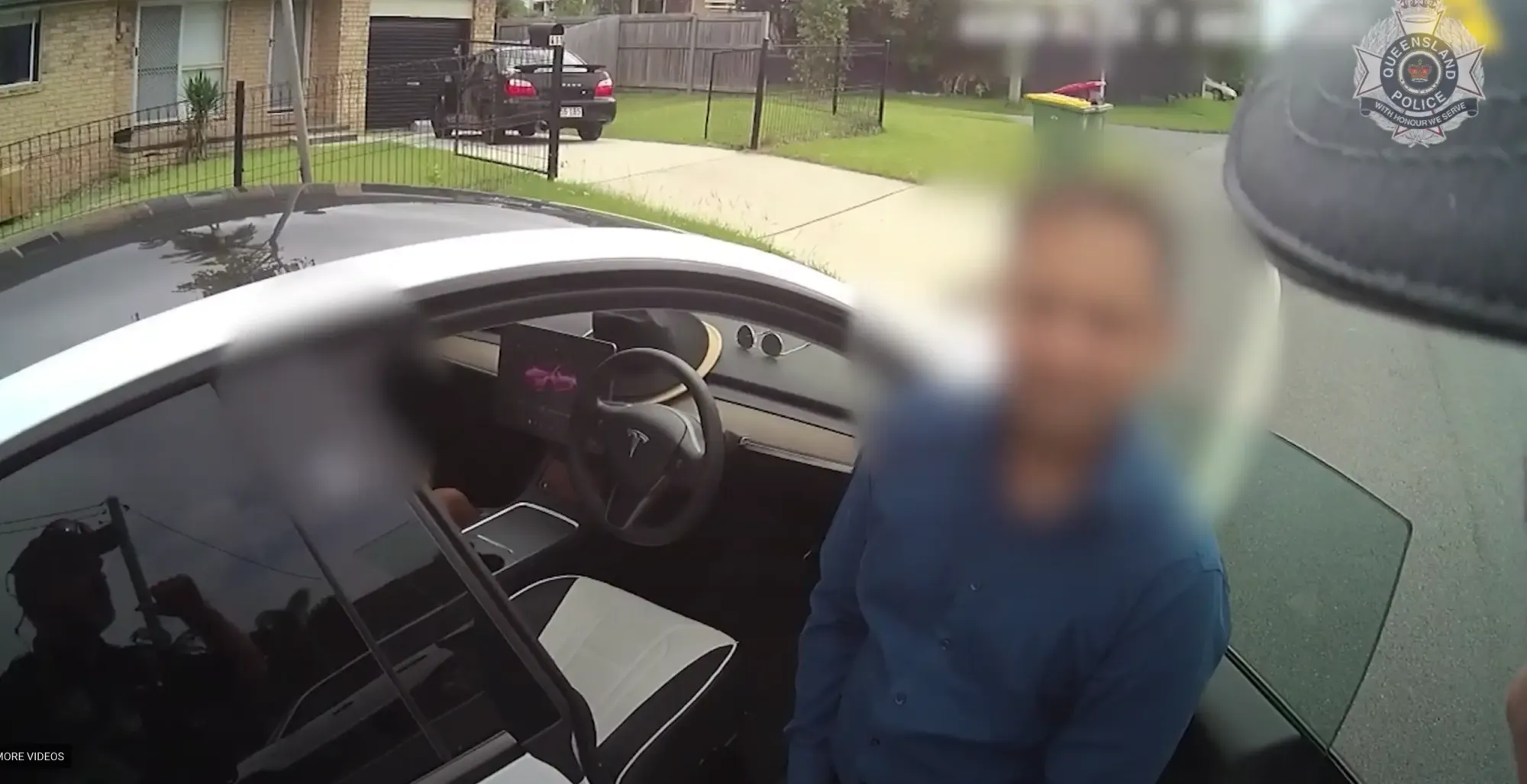
Security Measures
To prevent theft and vandalism, each TRSC trailer is equipped with:
- 24/7 GPS location monitoring
- 360-degree CCTV
- Audible alarms and live monitoring systems
Infringement Process
Speeding offences detected by TRSCs are reviewed by specially trained officers before infringements are issued. Key details include:
- Infringement notices provide 28 days for response
- Options include paying the fine, nominating another driver, or electing to go to court
- Fines can be disputed using official court election forms (Form F5111)
Revenue from TRSC fines supports critical road safety initiatives across Queensland, such as infrastructure upgrades and public education campaigns.
Final Notes
The TRSC program forms a critical component of Queensland's broader road safety strategy. By improving speed compliance in high-risk areas, these cameras play a vital role in protecting all road users, from motorists to schoolchildren and roadworkers alike.
